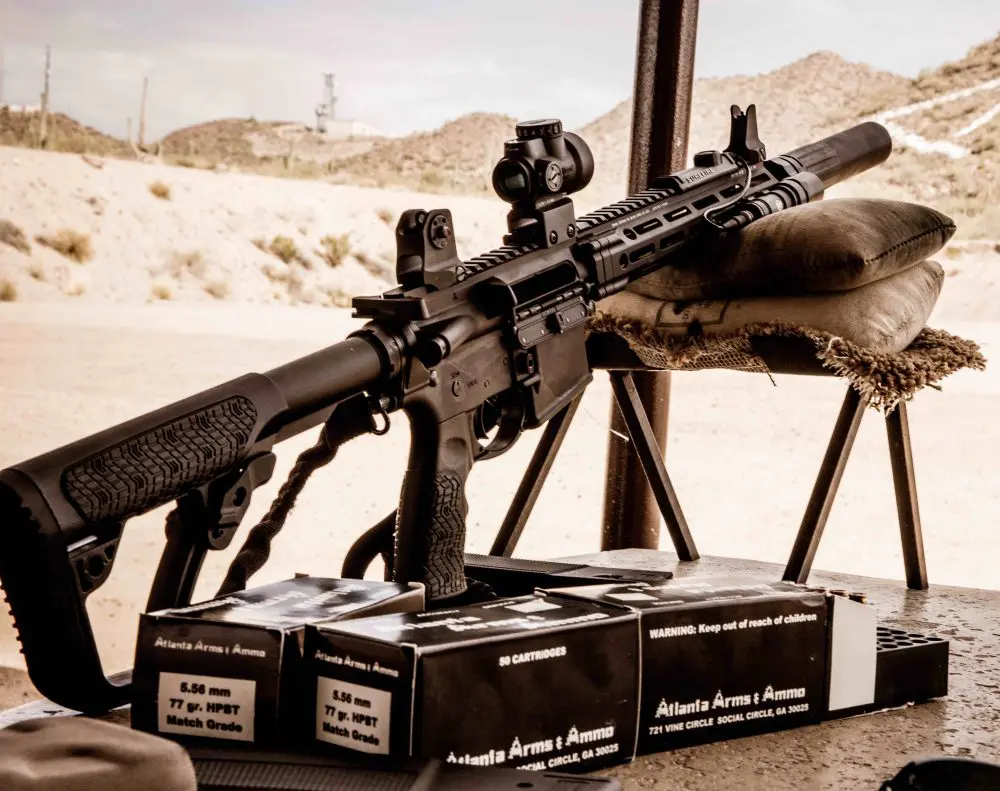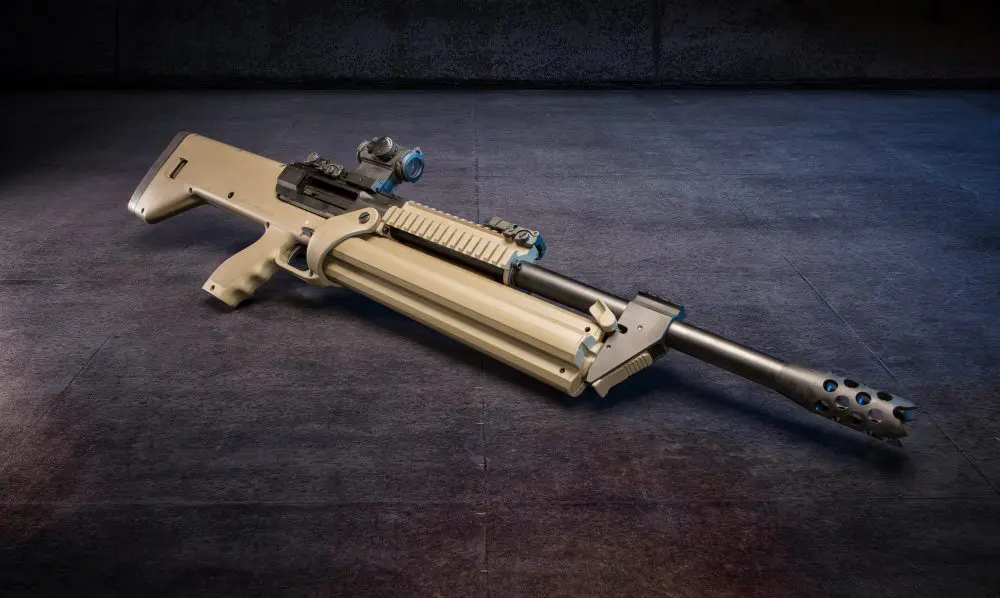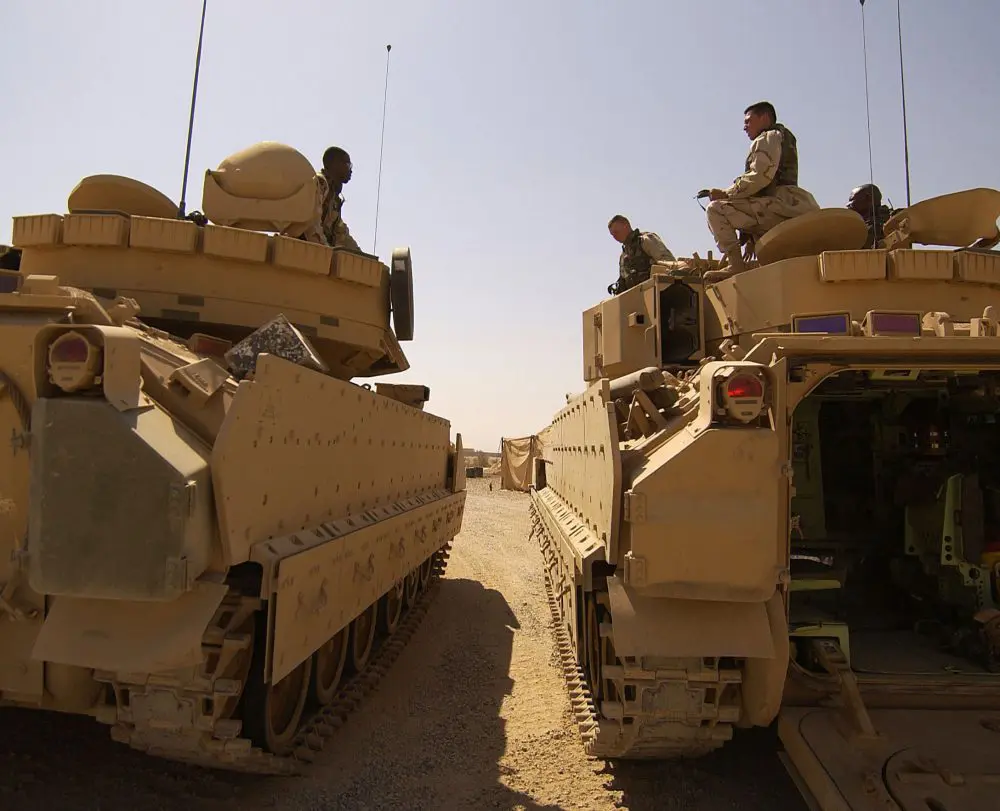Many years ago a great friend of mine, Ray Coffman of Albuquerque, made the prescient comment that our reliance on SWAT would be omnipresent. In other words, evolutions that normal field-grade officers might have addressed in the past would automatically be placed under the purview of SWAT.
Ray was an instructor for the Department of Energy, and a group of us from LAPD SWAT would instruct the ten-day hostage rescue course on the Sandia Military Base grounds in Albuquerque under his direction. The program was centered around the security of special nuclear materials and such. This was back in the mid to late 1980s.
Fast forward to 2018 and his prediction has come to fruition. Having worked on shooting cases as an expert deadly force witness in both Federal and Superior Courts, I can attest that the case is being made more frequently that SWAT should have been employed on “such and such” an incident. In some situations this is a cogent argument, but not in all.
There are only a handful of fully dedicated SWAT teams in the nation. Most SWAT teams are a conglomerate of various jurisdictions joined to comprise a team for any given area. For example, LAPD SWAT is a full-time team comprised of 60 operators, six Sergeant IIs and two Lieutenants. Many of the teams I have instructed over the years average between 15 and 20 operators.
This goes directly to available manpower at any given moment. There is also the issue of training. Many teams can only afford to train as a cohesive unit perhaps two days in any given month. Full-time teams are virtually in constant training mode, if not outright deployment.
Back in the day, if we were refused entry during a domestic dispute and we felt it was imperative that we gain entry, we did just that—we entered. In today’s present atmosphere, this might result in a SWAT call-out. Bundle two of these together at the same time and you’re up against it in terms of manpower and resources.
While 20/20 hindsight is a latitude not often afforded in police work, it is effectively employed by those who criticize the failure to deploy SWAT.
Though any given situation can turn south in a New York minute, not all of them do. In other words, field-grade officers can often successfully resolve a problem absent the introduction of SWAT.
Naturally if things go very south, the criticism of the failure to deploy SWAT becomes a fairly cogent argument. There is the conundrum. Do we deploy or not?
Virtually all teams I am aware of have similar criteria for deployment, and such criteria must be met and subsequently relayed up the chain of command (which takes time). Physical response to an incident requires time as well. In Los Angeles, average response times might range between 40 to 60 minutes if things are running smoothly.
Here’s a hypothetical: A domestic dispute erupts, calls are made, and patrol officers respond. They are refused entry to a structure, yet can clearly hear screams, yells, and moans emanating from within. The sex, age, and status of the individual(s) responsible for the screams cannot be determined.
Do officers wait, call for SWAT, and allow whatever is transpiring to transpire, or do they force entry? If they force entry that then results in a shooting, did this forced entry precipitate the shooting itself?
Anyone with real field experience is well aware that seconds can make the difference regarding the outcome of critical incidents. So, do you force entry or deploy SWAT?
I have a case very similar to this hypothetical. Our reliance on SWAT might be overused when field-grade officers are more than capable of producing a successful resolution. This is entirely predicated on those field-grade officers employing reasonable tactics and if necessary applications of force in a reasonable manner that can be defended.
This is the “fly in the ointment.” Might SWAT have better resources and training than initial officers on scene? Might SWAT possess upgraded training and overall experience? Might the deployment of SWAT have prevented whatever force application that happened from occurring?
On the opposing side of the equation are equally compelling questions. Did the activation of SWAT and the time requisite for deployment allow the victim to expire? Might timely entry, although not altogether perfect, have saved the victim(s)? Preservation of life is one of law enforcement’s mainstays, yet any defense of tactics/force application necessitates a vigorous defense!
The infamous LAPD Gary Murakami (serial #14037) shooting occurred on September 9, 1968. After Officer Murakami was shot and killed by a mentally ill suspect, my understanding is that some officers went home, retrieved rifles, and returned to the scene to resolve the situation.
No firmly established SWAT team existed then. Fast forward to current times and the array of devices, techniques, and tactics that “D” Platoon has at its disposal is nothing short of mind boggling.
Law enforcement cannot always rely on a SWAT team to resolve each and every potentially critical incident. Sometimes the initial officers on scene have to make and subsequently implement whatever steps are necessary in order to preserve life.
Today’s’ field-grade officers have capabilities far beyond those we possessed in 1976. That being said, experience and common sense dictate how any options are exercised.
When we solely rely on SWAT to resolve conflicts, we stand to box ourselves into a corner. Critics might then require SWAT deployment on every call, which is simply an untenable framework.
Field-grade officers and those supervising them must be acutely aware of where the invisible boundary lies between a reliance on SWAT versus the reliance on solid, well-thought-out implemented tactics of the patrol officer.
Scott Reitz is a 30-year veteran of the Los Angeles Police Department and director of the highly acclaimed International Tactical Training Seminars. Course information and schedules are available at their website at www.internationaltactical.com. Scott also co-hosts the Oxygen channel true-crime series It Takes a Killer.




